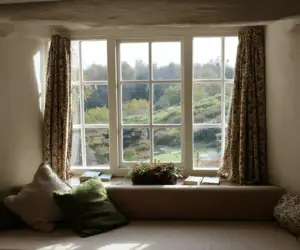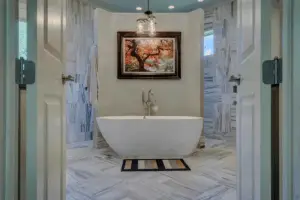By George House/28,Oct,2025
Proper lighting in interior design changes the appearance and feel of a room. It makes furniture, textures, and wall colors alive and influences the feelings of any person who enters. Most designers are of the opinion that lighting is the invisible thread that binds a complete design.
Research by the National Institute of Health (NIH) indicates that light has a direct effect on mood, productivity, and well-being, in general, which confirms that smart lighting design is not merely a matter of aesthetics.
The Significance of Proper Lighting in Interior Design
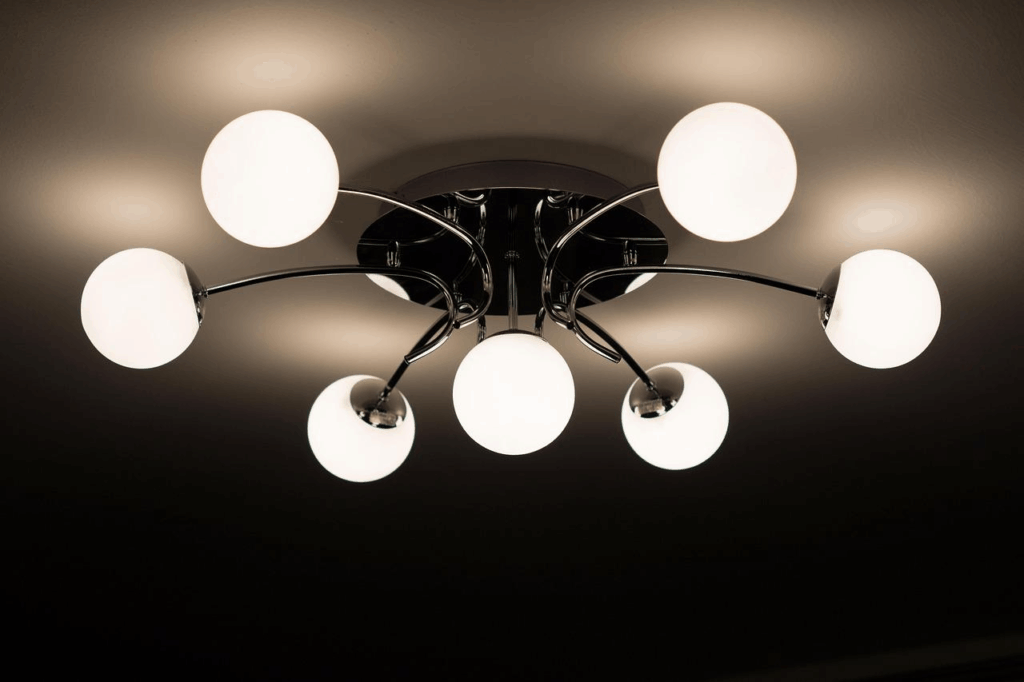
(Source)
Lighting helps to create perception, delineate zones, and beautify architecture. It is safe to say that lighting affects mood and assists in the establishment of functional and appealing spaces. Let’s discuss the importance of lighting in home design to give you a better idea about it..
Ambient Lighting: Establishing the Foundation
The background of a good room is ambient lighting. It offers general lighting and determines the mood of the space. Sources include ceiling-mounted fixtures, recessed lights, and chandeliers.
Dimmers or adjustable systems are necessary to regulate the brightness according to the time and activity. Ambient lighting will make the room appear as one because there are no dark areas. It is, in a way, the precursor of other layers of light to shine.
Task Lighting: Style Meets Function
Task lighting is well placed in every home. It illuminates certain spaces where one does detailed tasks like reading, cooking, or working. This category includes desk lamps, counter pendant lights, and vanity mirrors. Energy Star estimates that task lighting that is energy efficient can reduce energy consumption by 75%.
These fixtures are also used to provide depth and design interest in addition to utility. They simplify the daily tasks and complement the layout of the room. Task lighting is good to make sure that productivity is achieved without compromising style. This harmony is the secret of useful but beautiful lighting design.
Accent Lighting: What Matters
Accent lighting focuses on particular elements. Such as artworks, textured walls, or architectural elements. It provides personality and attention. It is frequently employed by museums to provide emphasis and depth. The same rule is applicable at home.
Wall washers, spotlights, or track lighting assist in creating mood and focus. Such an approach introduces a visual hierarchy and makes a space dynamic instead of flat. Accent lights, when used with ambient lighting, transform ordinary rooms into a visually rich environment that engages the senses and emphasizes design decisions.
Lighting and Its Emotional Effect on Mood
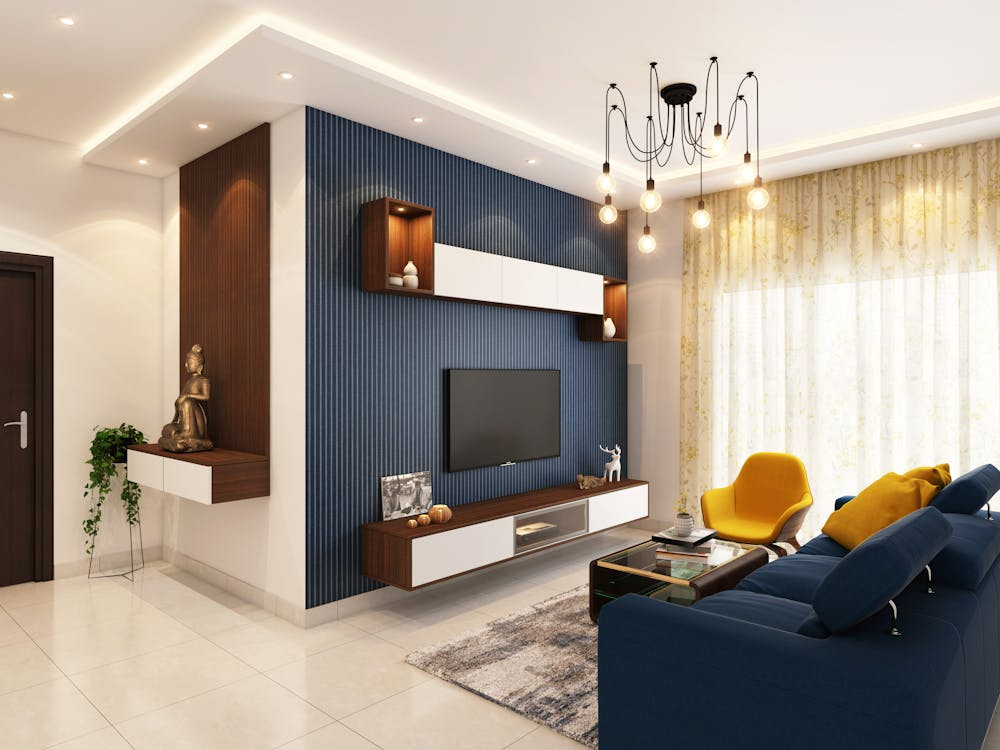
(Source)
Lighting affects the mood of the people in the room. Emotional lighting effect is one of the strongest tools used in interior design. It determines the level of comfort, relaxation, and energy. Let us consider the effects of each lighting decision on emotional well-being.
Warm Lighting: Making Comfort
Lighting is warm and soothing in living rooms. It makes individuals relax and encourages a sense of comfort. According to the Centers for Disease Control and Prevention (CDC), exposure to warmer colors in the evening helps promote good sleep patterns. This is suitable in bedrooms, dining rooms, and lounges.
The soft yellow or amber lighting resembles the sunset colors, and the brain is reminded that it is time to relax. These tones are very nice to match wooden furniture and warm color schemes in design. The effect is a welcoming and harmonious environment.
Cool Lighting: Increasing Attention
Lighting is cool, which enhances alertness and increases mental clarity. It is suitable in offices, kitchens, or study rooms. Research conducted by the National Center of Biotechnology Information indicates that when exposed to cooler white or daylight lighting, concentration and accuracy of tasks improve by 20%.
This is the temperature of the lighting that improves visibility and gives a sharp atmosphere that is conducive to productivity. When incorporated in the contemporary lighting design, it assists in balancing the energy levels in various sections of the house.
Cool lighting does not need to be sterile; it just needs to stimulate concentration without being overstimulating to the senses. The correct balance ensures that one is not tired but is comfortable with the eyes.
Natural Light: The Ultimate Mood Booster
Natural light cannot be substituted for artificial light. It is the strongest interior lighting design element. According to the U.S. Green Building Council (USGBC), natural lighting has the potential to decrease stress by up to 25 percent and enhance happiness and productivity.
Huge windows, skylights, and glass doors enable the free flow of sunlight in a home, which links the inside and outside. The daylight changes and forms natural variations of tone and mood. It boosts colors, textures, and the ambiance. The greater the amount of daylight a room gets, the healthier and uplifting the atmosphere of the occupants.
Striking a Balance Between Lighting and Design Elements
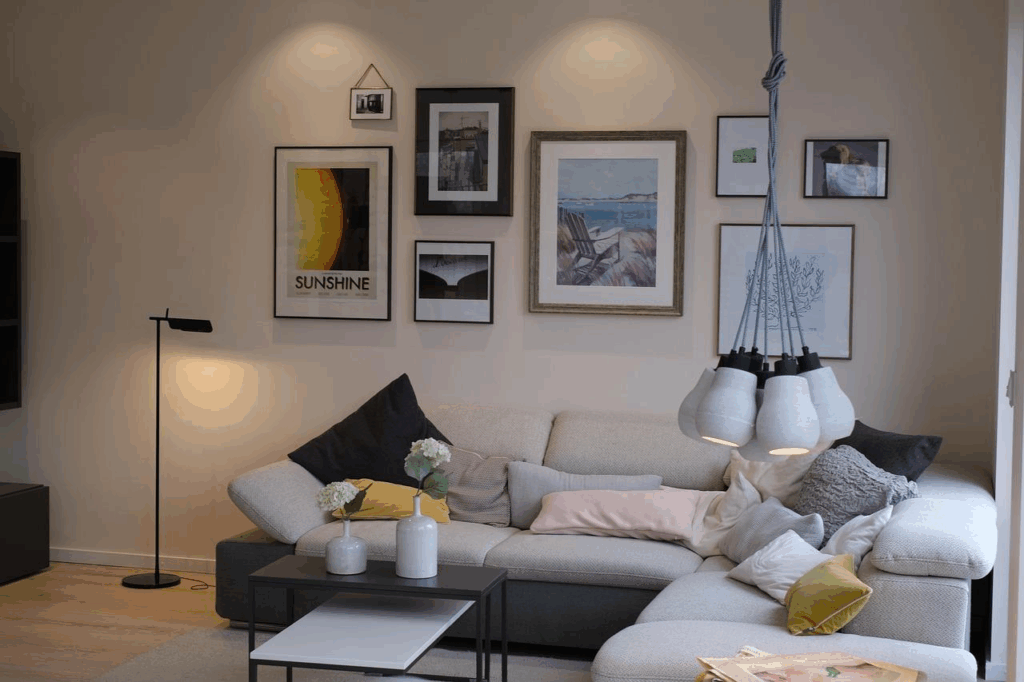
(Source)
Interior design lighting refers to the knowledge of the interaction of lighting with color, texture, and layout. All the bulbs and fixtures must complement the furniture and finishes and not overwhelm them. Locating this balance renders a home cohesive. Let’s discuss the impact of lighting on these visual and spatial relationships in a meaningful manner.
Lighting and Color Harmony
The appearance of colors is altered by lighting. The reds and yellows are richer under warm light, and the blues and grays are richer under cool light. Experts in interior lighting design recommend that one should test the paint in various light conditions before making a decision.
Rooms are balanced and consistent when color and lighting are complementary to one another. Harmony is good, and it helps to avoid visual discomfort and adds personality to your space. Each color should be given the light that will make it shine.
Lighting and Texture
Light defines texture. Be it smooth marble or rough wood, good lighting in interior design provides surfaces with depth. The roughness is highlighted by side lighting and flattened by overhead lights.
Lighting and Space Perception
Light affects how big or small a space feels. Soft, diffused light makes rooms appear larger, while focused lighting creates intimacy. The goal is to guide the eye naturally through the room without creating harsh shadows.
Every corner should feel considered, creating depth and comfort at once. Properly planned lighting helps shape not just what you see but how you experience your surroundings.
Conclusion
Lighting defines how people feel, move, and live inside a space. With thoughtful choices and modern systems, every corner can shine beautifully while saving energy. Proper lighting in interior design connects functionality with feeling.
George Group creates lighting designs that breathe life into interiors, combining beauty, comfort, and energy-conscious solutions.


